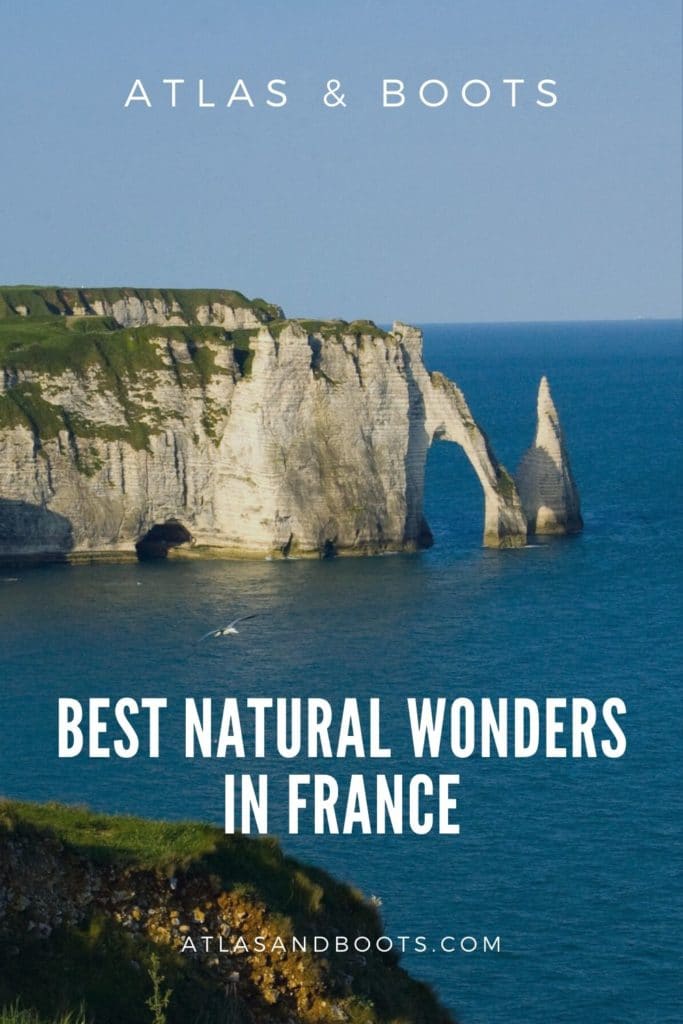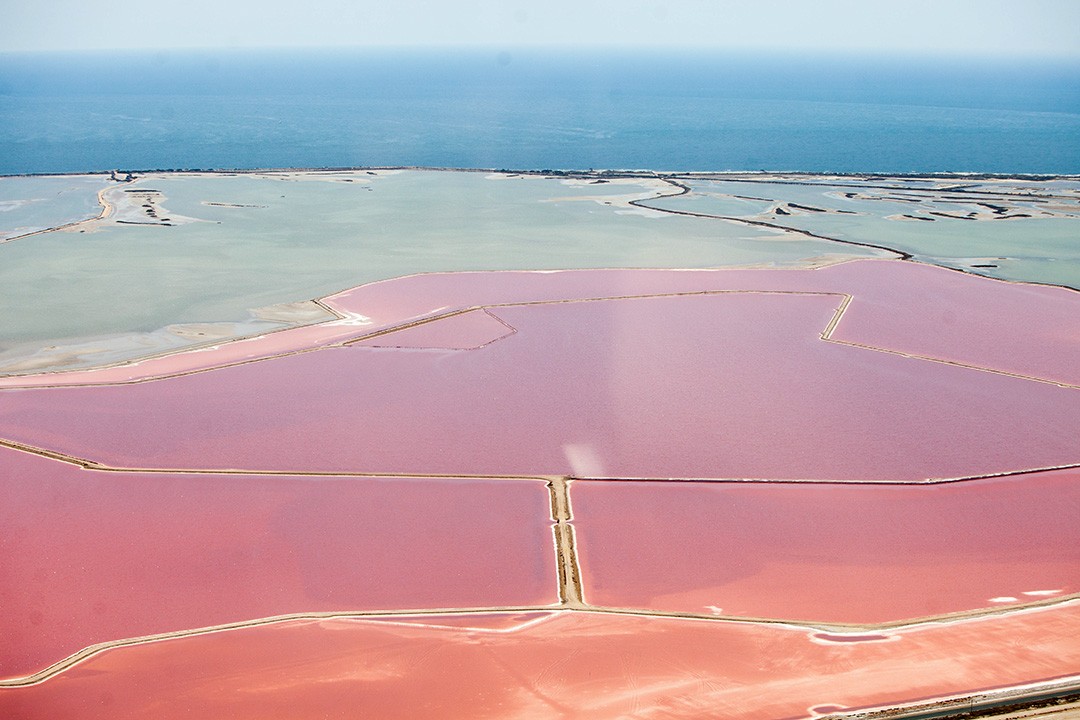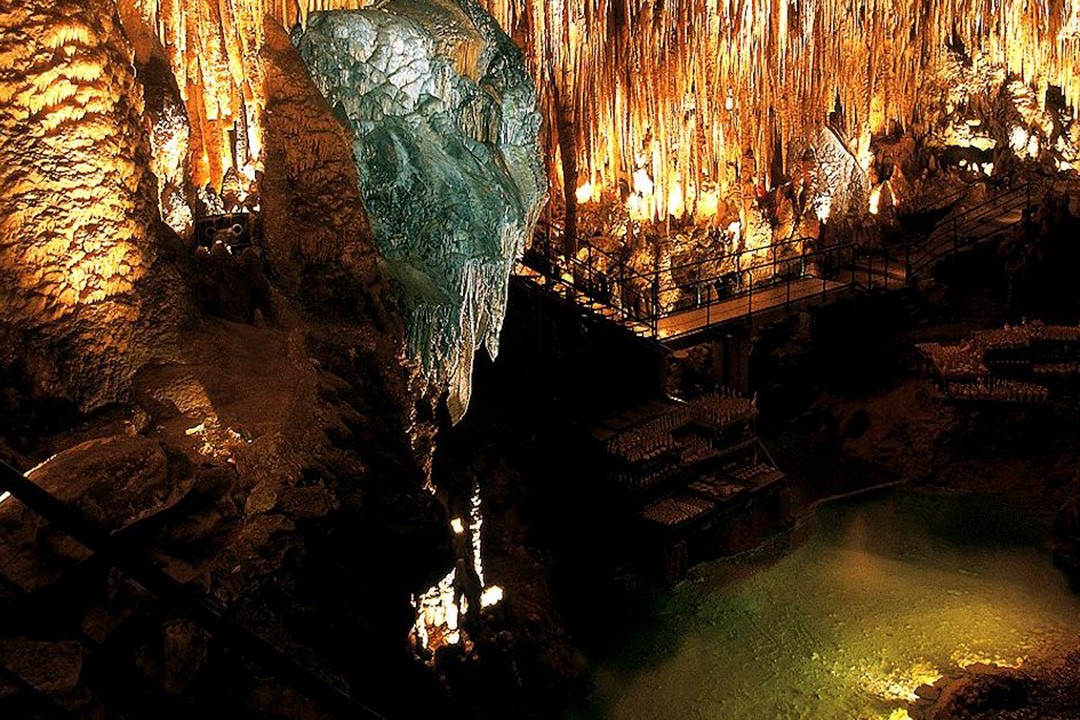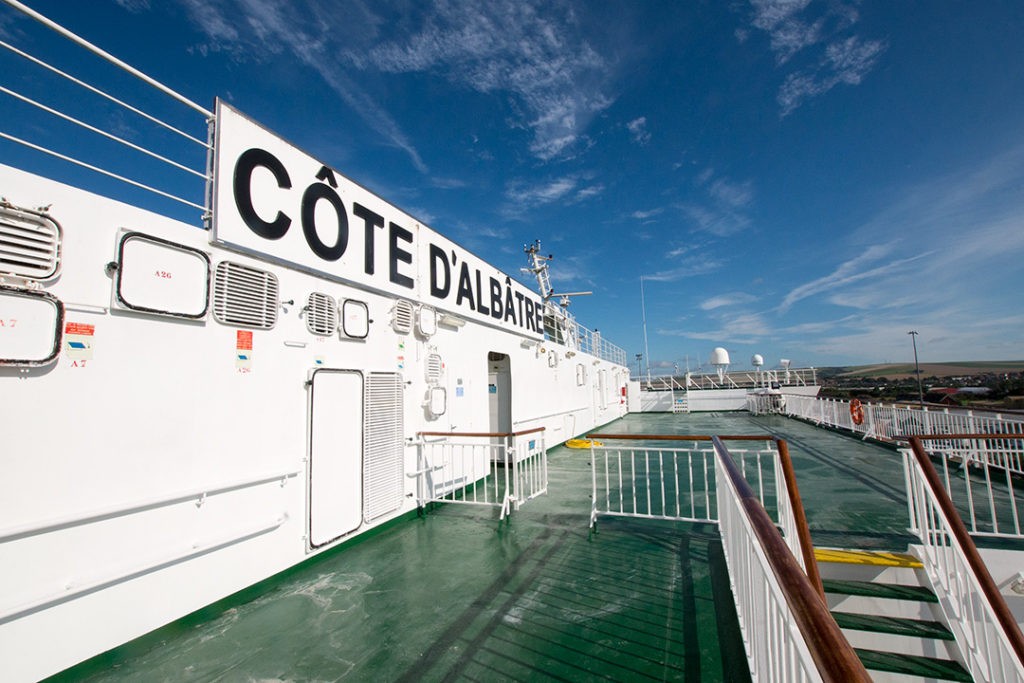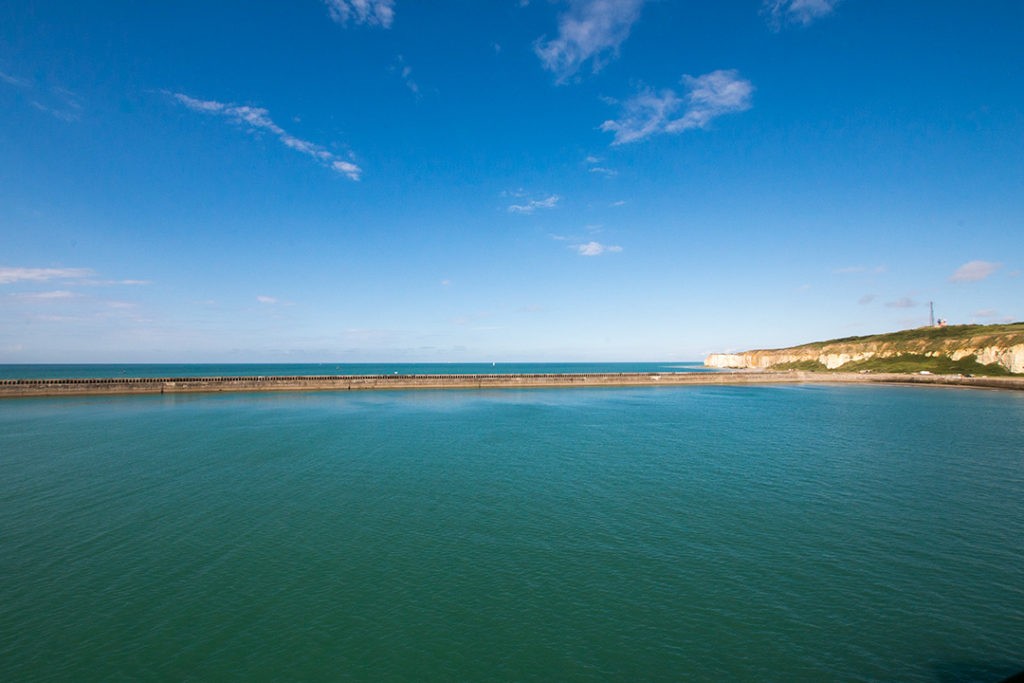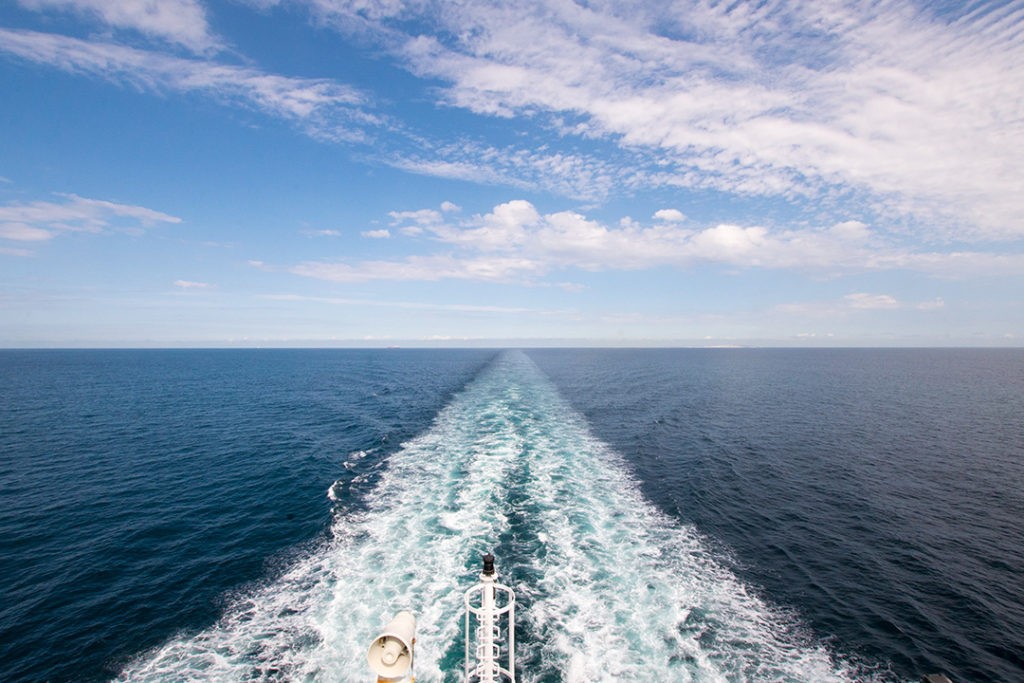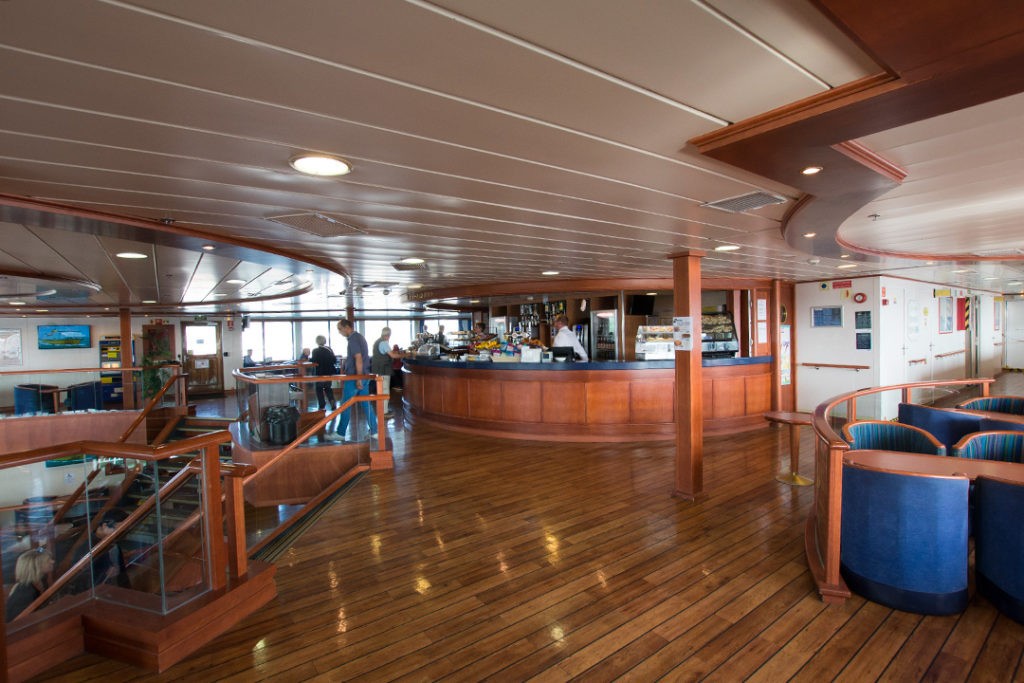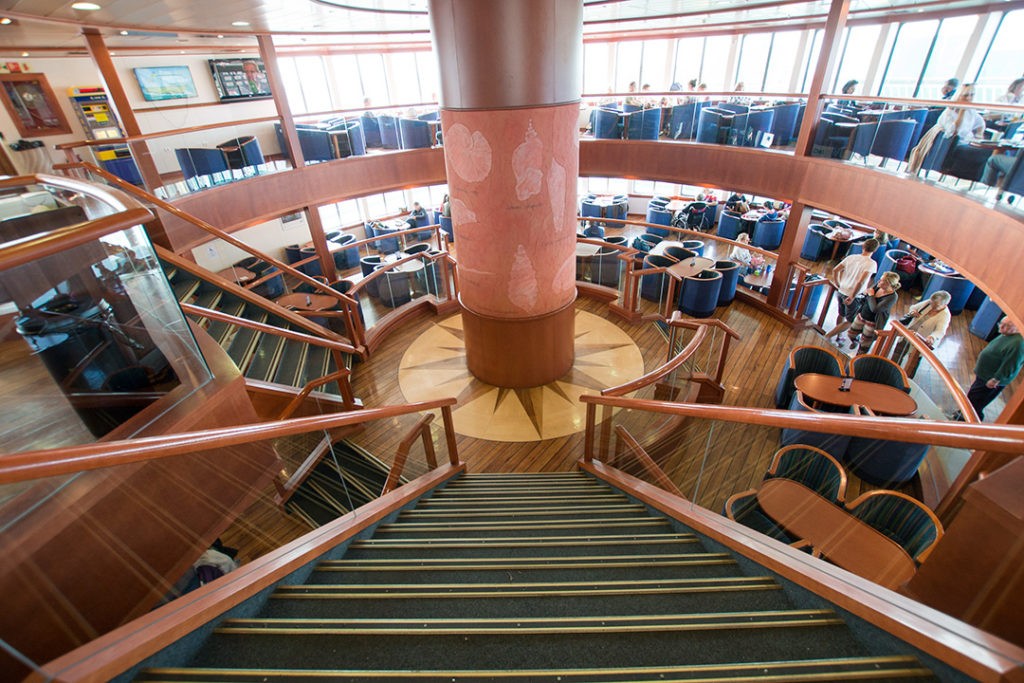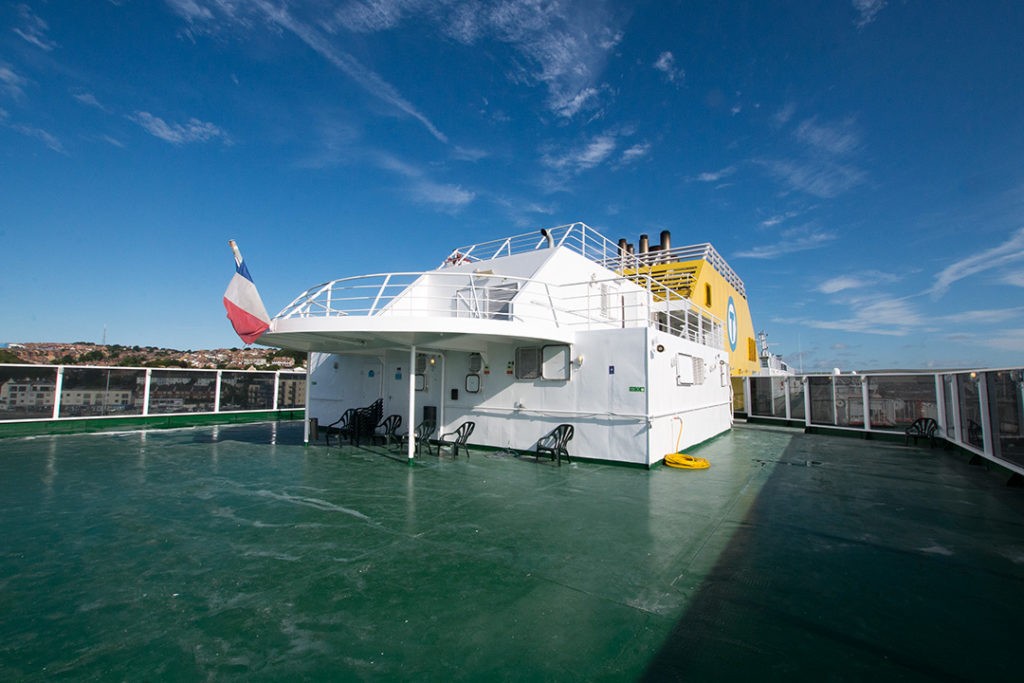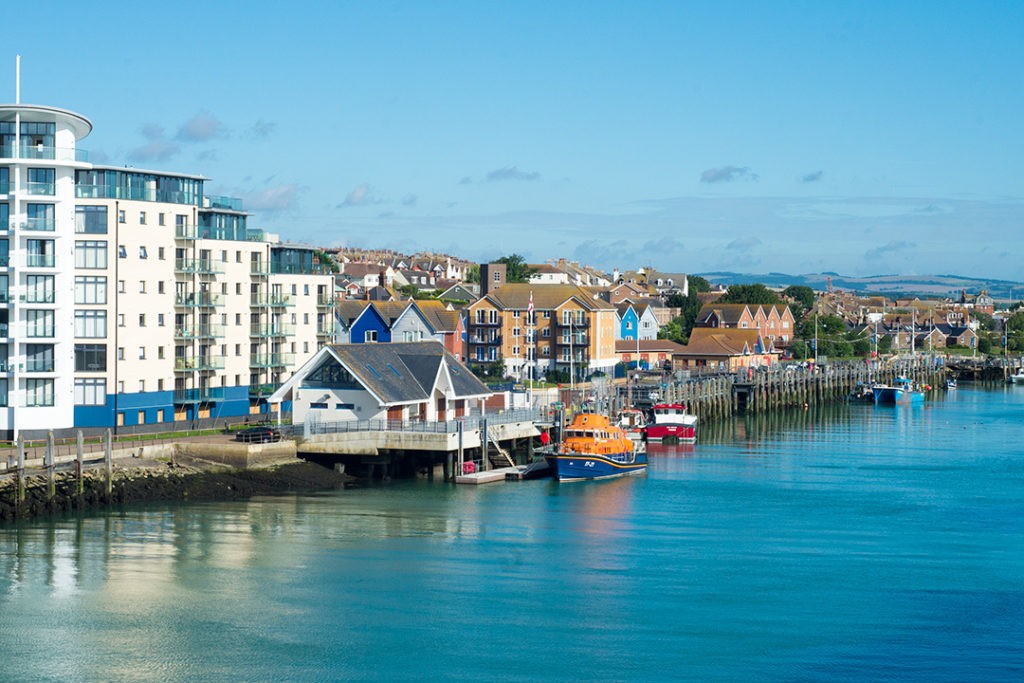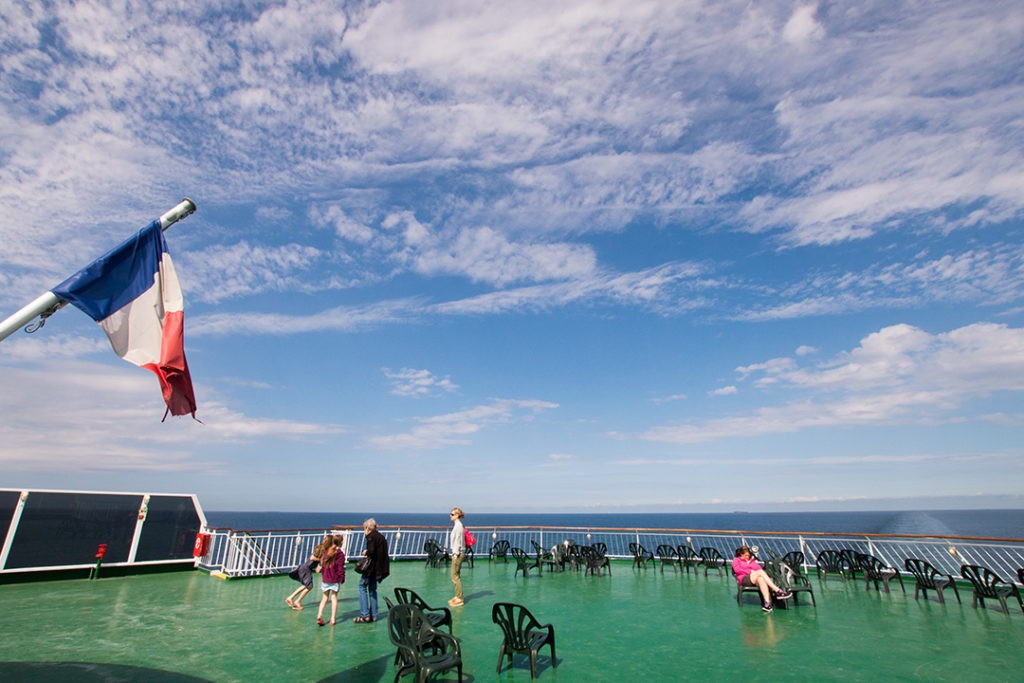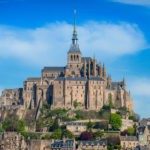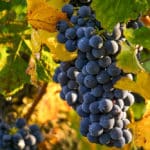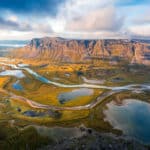From dramatic mountains to unearthly caves, we explore the best natural wonders in France
If you ask a random person to name the best natural wonders in France, they’d likely come up short. There are plenty of manmade sights we can all reel off: the Eiffel Tower, the Louvre, the Notre Dame and so on, but France is far less famous for its natural wonders. Here, we explore the best on offer.
1. Rochefort Ridge
Region: Mont Blanc
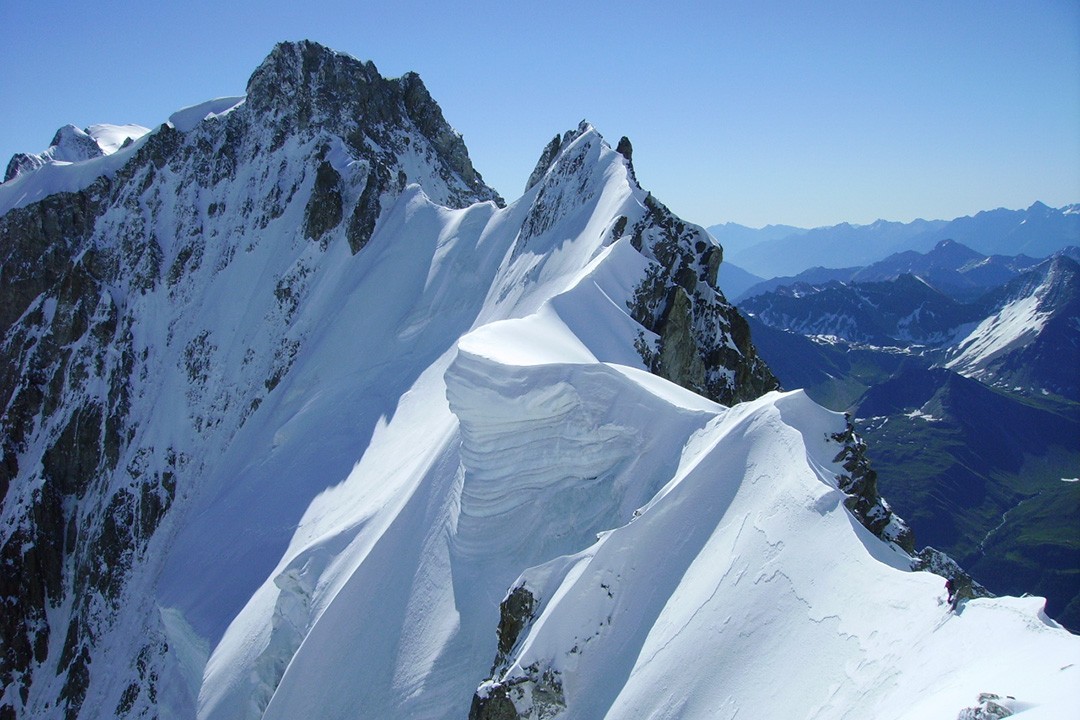
The Rochefort Ridge is one of the most impressive natural wonders in France. This classic ridge course in Mont Blanc Massif runs along the border of Italy and France, and offers some of the most stunning scenery in the region. Exposed passages along the crest plunge into the abyss on either side. In fact, at certain points, the path is little more than a footstep wide. If a climber falls, their partner must jump off the ridge in the opposite direction to keep them both from plummeting down. Understandably, the Ridge is suitable to only those with climbing experience.
2. The Camargue Salt Flats
Region: Camargue
The Camargue is the largest river delta in Western Europe and covers 300,000 acres of wetlands, pastures, dunes and salt flats. Its Salin Aigues-Mortes salt marsh is particularly notable for its bright pink hue, created by a combination of salt water and algae. More arresting than the colours on show are the droves of flamingos that frequent the area, creating what is surely one of the most beautiful natural wonders in France.
3. Gouffre de Proumeyssac
Region: Audrix
This natural cave comprises an enormous vault and walls crusted with stalactites and stalagmites, some of which are translucent. Coupled with clever lighting, these shine like crystals, inspiring the the cave’s ‘Crystal Cathedral’ moniker. The site is impressive, but visitors have complained about the lack of freedom to roam. With this in mind, you may wish to book the last tour of the day to contend with minimal crowds.
4. Aiguille du Dru
Region: Chamonix
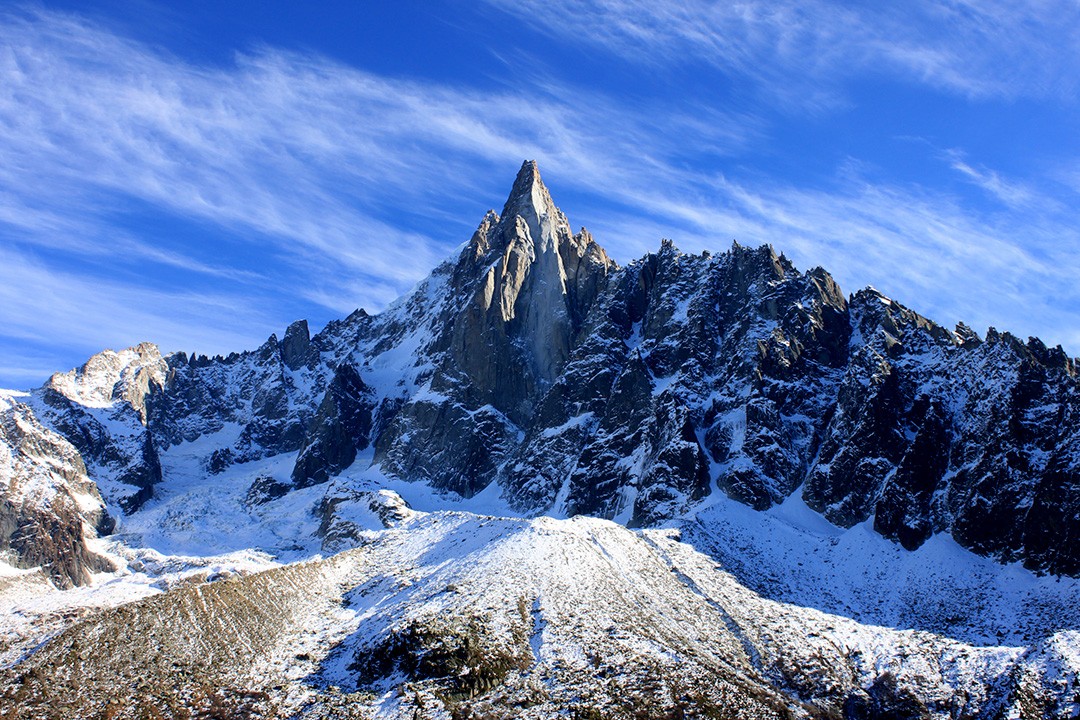
Aiguilles du Dru in the Mont Blanc mountain range is striking for its jutting peak, aptly name ‘aiguille’ which translates as ‘needle’. The peak of granite rock stands at 3,755m (12,320ft) and is coupled with a lower peak at 3,733m (12,250ft): Petit Dru which offers one of the world’s most stunning big wall climbs.
5. Gorges du Verdon
Region: Aiguines
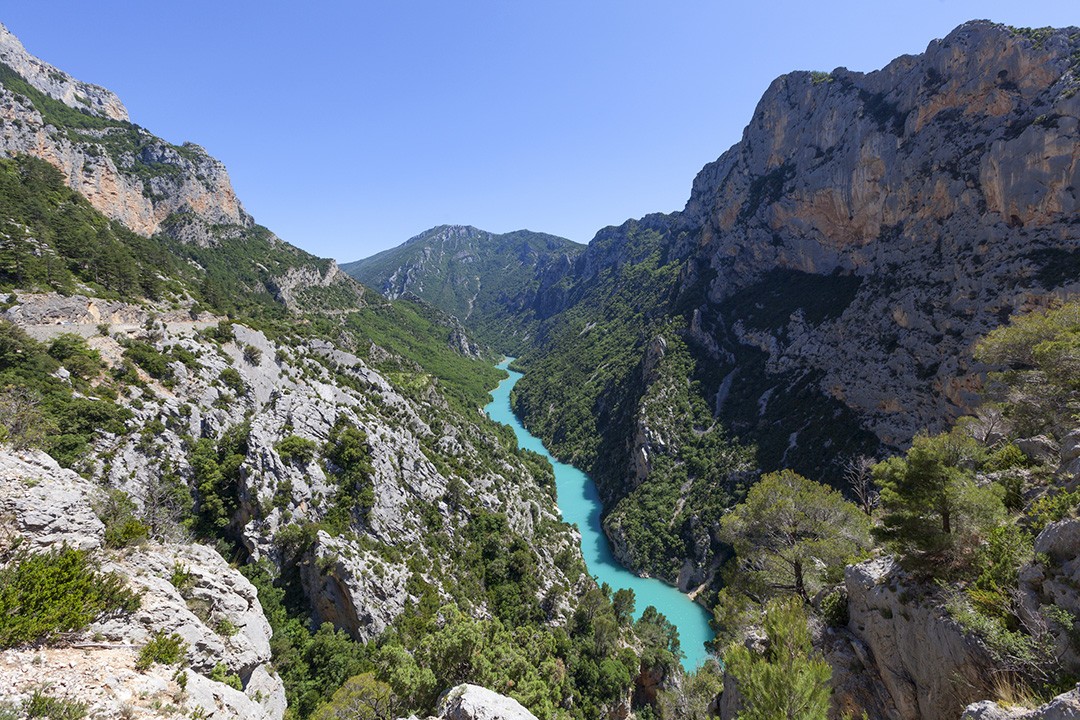
Gorges du Verdon is a spectacular river canyon that runs 25km (15mi) in length and 700m (2,300ft) at its deepest point. The turquoise water offers excellent canoeing, kayaking, rafting and fishing while the surrounding outcrops are perfect for hikers and ramblers.
6. Étretat Cliffs
Region: Étretat
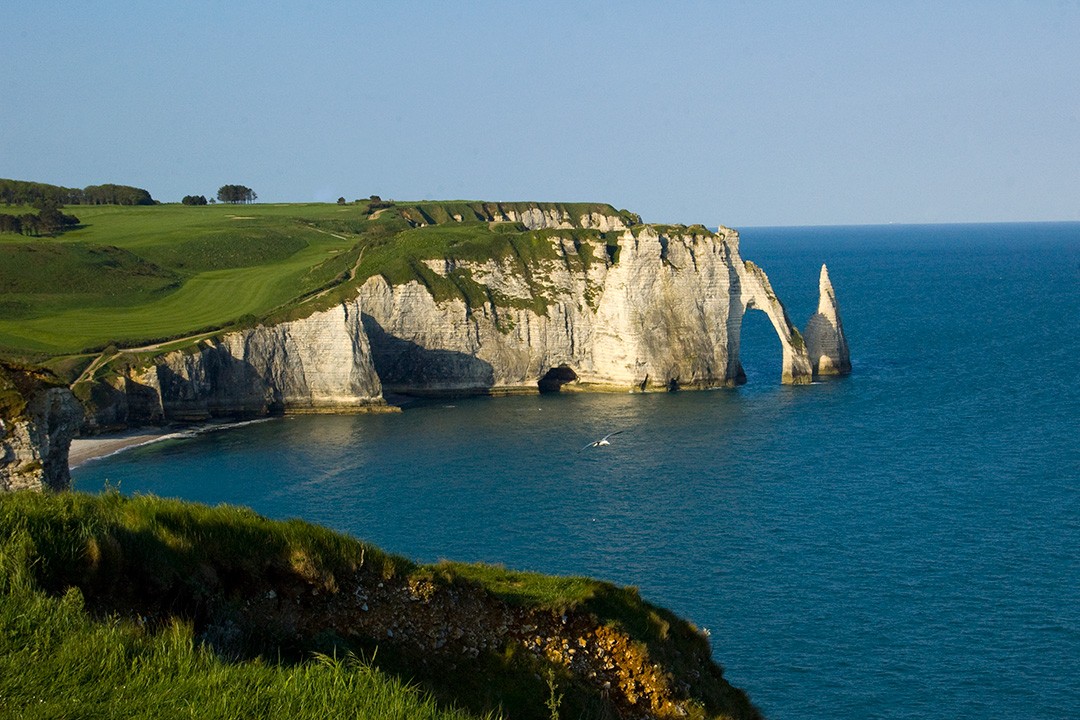
Étretat is known for its arresting chalk cliffs, natural arches and a pointed formation called L’Aiguille (or the ‘needle’) which rises 70m (230ft) above the sea. The picturesque site has inspired a number of writers and artists; Monet, Boudin, Maupassant, Lupin and Courbet are all said to have visited the cliffs.
7. Aiguilles de Bavella
Region: Quenza, Corsica
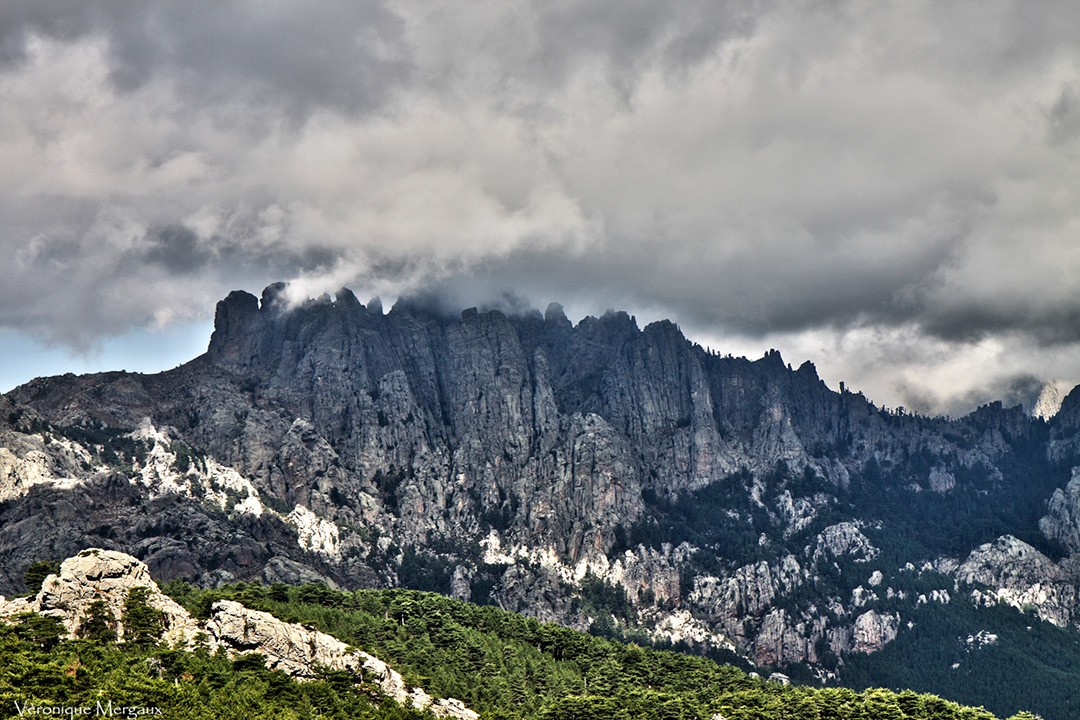
The Aiguilles de Bavella is a cluster of seven spiky peaks on the French island of Corsica. Known as the ‘needles of Bavella’*, the collection features jagged granite peaks and huge rock walls dotted with pine trees contorted in the wind. The peaks range in height from Punta Alta at 1,855m (6,085ft) to Punta di l’Acellu at 1,588m (5,210ft), and offer excellent hiking for all abilities. For particularly sweeping views, hike from Col de Bavella.
*Evidently, the French need to get more creative with their mountain names.
8. Côte de Granit Rose
Region: Côtes-d’Armor
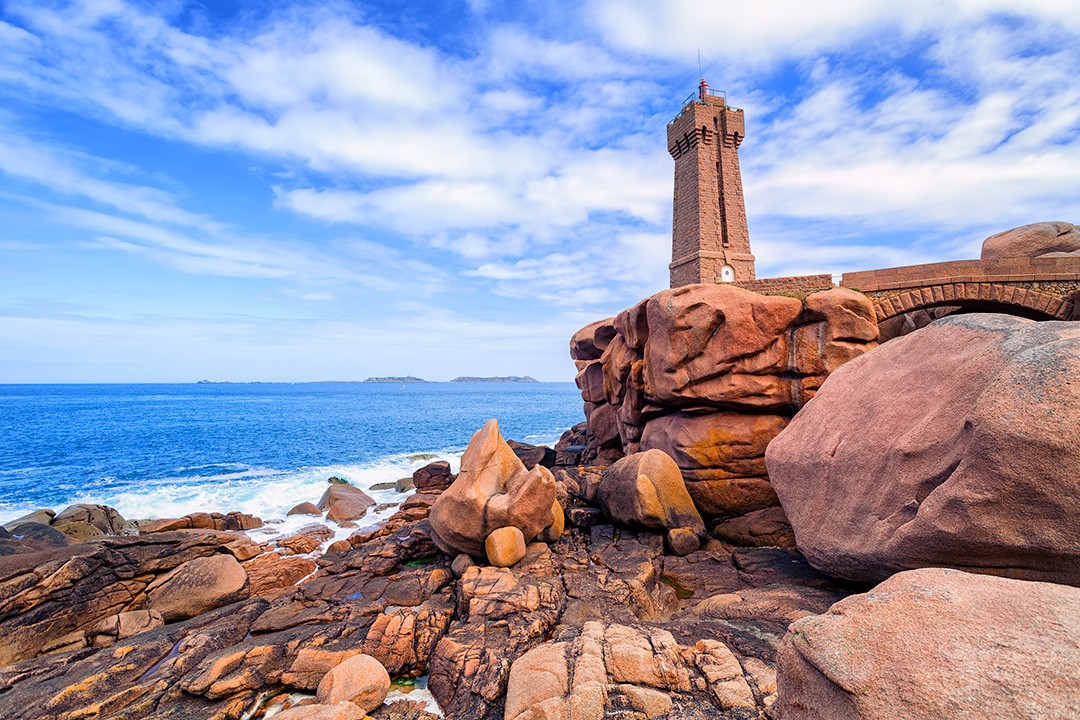
Côte de Granit Rose or ‘Pink Granite Coast’ is a stretch of coastline in northern Brittany known for its blush coloured rocks. Opt for a stay in Ploumanac’h, one of several picturesque resorts residing by the surreal landscape of rose-tinted crags and weather beaten boulders. Look out for little cottages dotted among the jumbled chaos of rock, among them the small chateau in which Polish author Henryk Sienkiewicz wrote the Nobel Prize winning Quo Vadis.
9. Pont d’Arc
Region: Ardèche
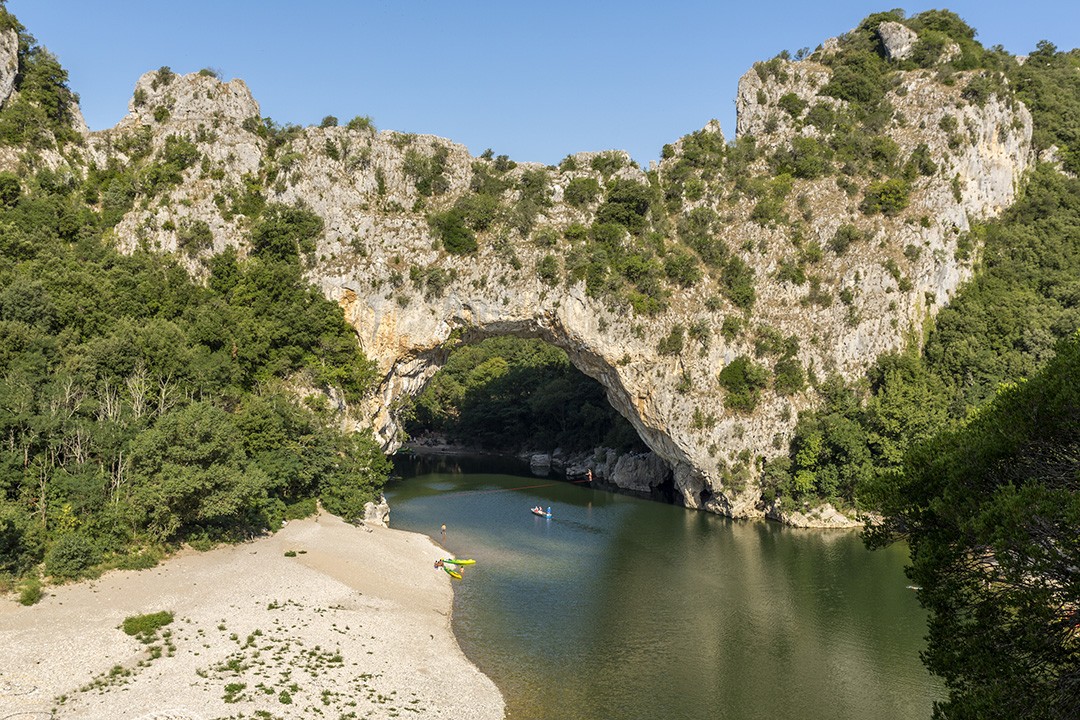
This natural bridge may not be quite as impressive as some of the weird and wonderful sights found across the pond, but it’s worth a visit nonetheless. Carved by the Ardèche River, the hollow archway is a popular spot for canoeing and kayaking. It also marks the entrance to the Ardèche Canyon with its host of adventure activities.
10. Dune du Pilat
Region: La Teste-de-Buch
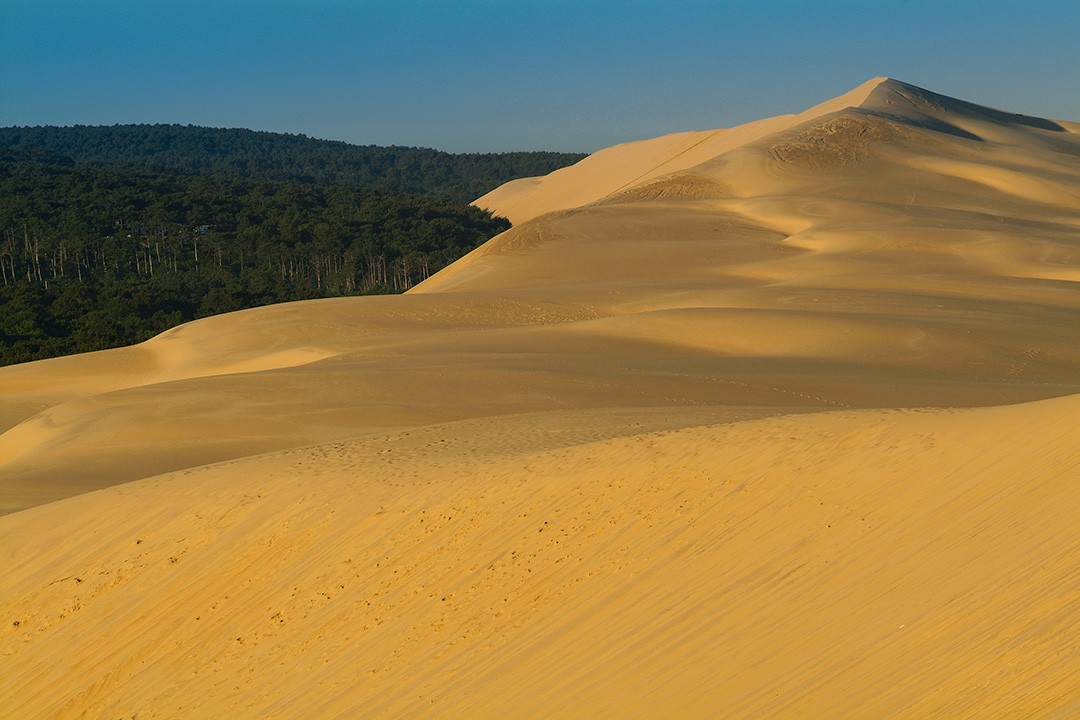
Dune du Pilat is the tallest sand dune in Europe and measures 110m (360ft) in height, 500m (1,640ft) in width and 2.7km (1.7mi) in length. The so-called ‘sand monster’ lies between the Atlantic Ocean, an enormous pine forest, the Arcachon Bay, a sandbank and a peninsula. Incredibly, the dune is said to move landward, pushing back the forest by one to 5.5 meters each year!
Map of the best natural wonders in France
Natural wonders in France: the essentials
What: Exploring the best natural wonders in France.
Where: The best natural wonders in France are spread throughout the country. As such, we recommend using our ‘Region’ links above to find accommodation on Booking.com. We recommend booking accommodation above an 8.0 score on the site.
When: The best time to visit France is between Apr-Jun and Sep-Nov when the weather is amenable and the crowds are relatively light. The summer months (Jul-Aug) offer excellent weather, but coincide with the French holiday period where much of the country shuts down and European holidaymakers abound.
How: DFDS Seaways operate several routes between the UK and France, namely Dover-Dunkirk, Dover-Calais and Newhaven-Dieppe. Return fares for a car range from £102.50 upwards depending on your dates and route.
Atlas & Boots
We opted for the four-hour Newhaven to Dieppe route and found the ferry to be clean and comfortable. The ferry has a multitude of different areas, making it easy to find a quiet spot. The food onboard is warm and filling and there is a well stocked bar on the upper deck. All in all, the route offers extraordinary value for money.
If you prefer to fly, book via Skyscanner for the best prices.
Enjoyed this post? pin it for later…
